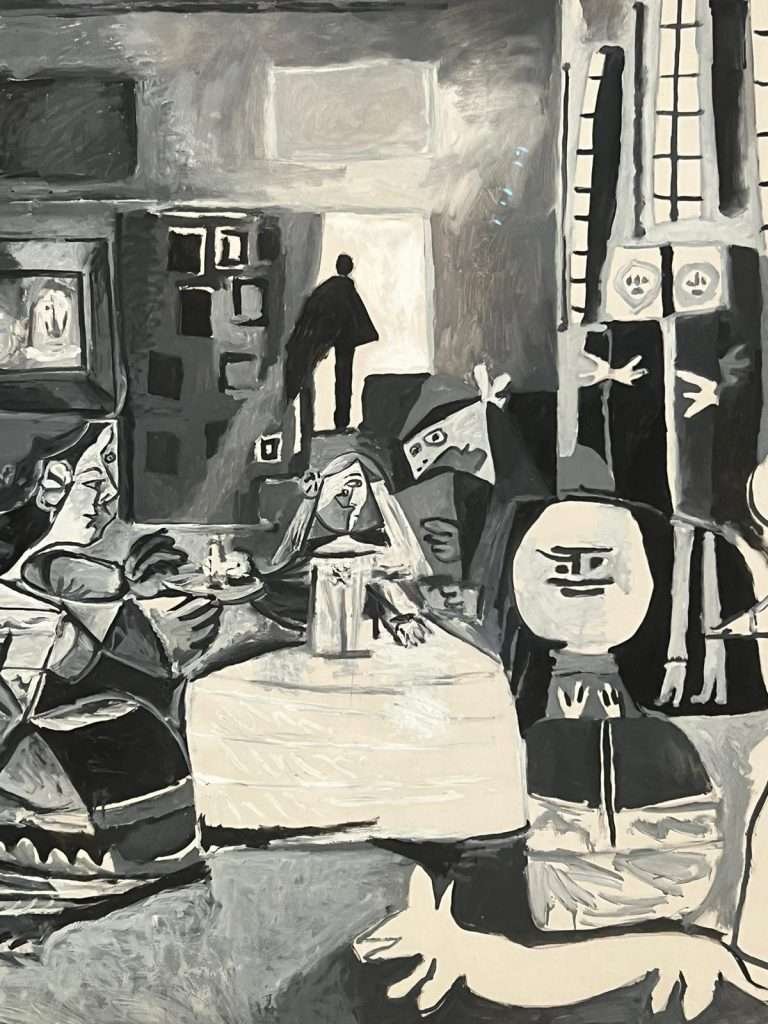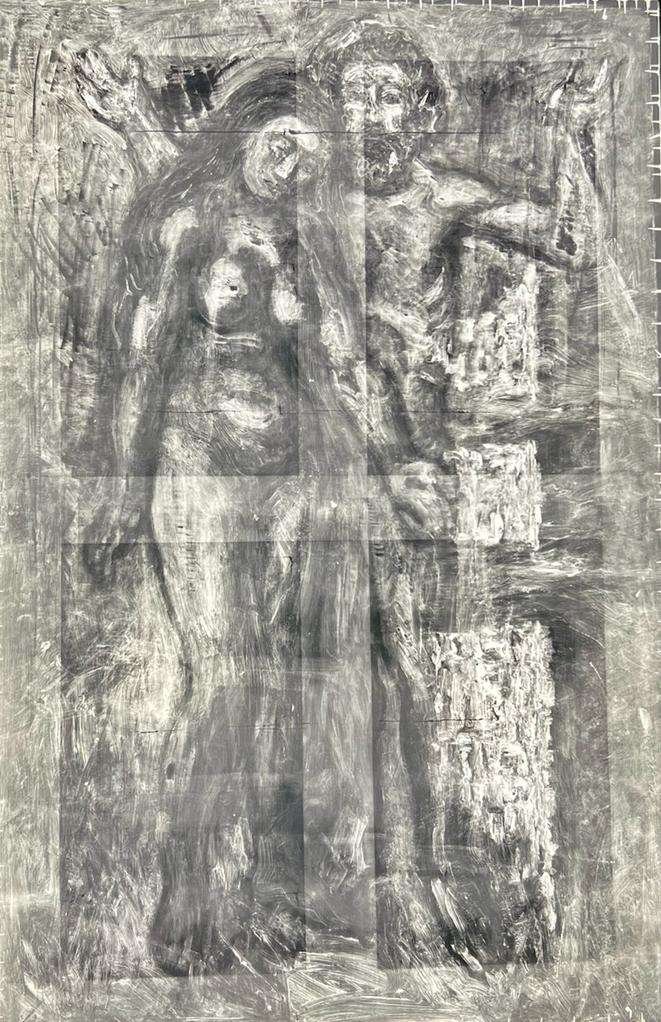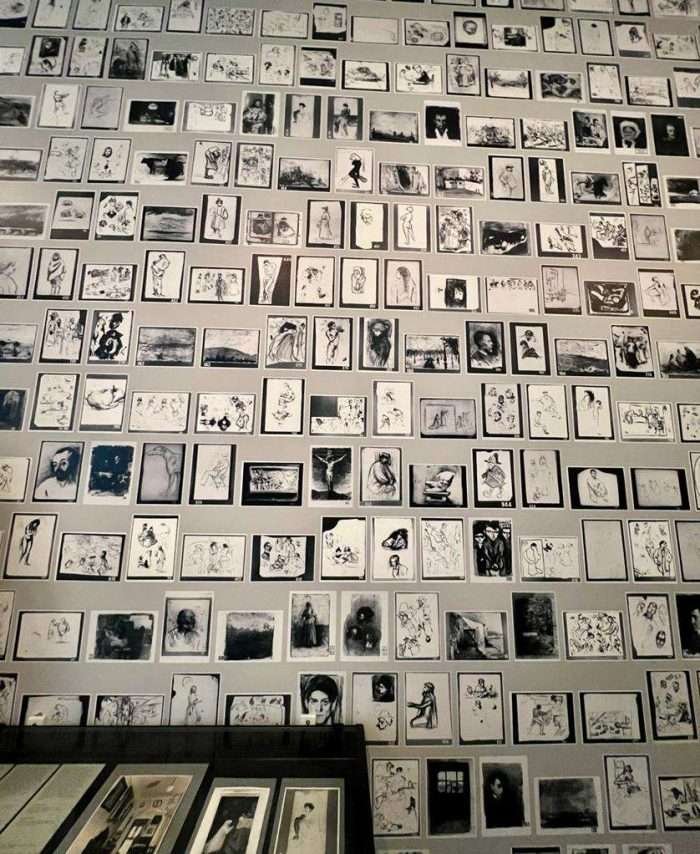The Picasso Museum, home to over 4,251 of Picasso’s works, takes the audience on a journey of Picasso’s lifetime pieces. The Museum touches on the artist’s influence from Barcelona. From the Blue Period to his renditions of Las Meninas, the collection takes you through Picasso’s many projects. Though a seemingly touristic museum, the artworks stand as artistic inspiration and reveal how discoveries can always be made of the classics.
The collection includes intriguing cityscapes and street scenes from Picasso’s Catalan Modernism era. It also touches on how Picasso took on a role in the theater. In 1917, he helped design the sets and costumes for the ballet Parade for Sergei Diaghilb’s Ballets Russes Company. The Museum has a projected black and white film of the ballet’s production, and one can see how Picasso’s style influenced the costumes, creating an exciting crossover. Furthermore, the dancer Leonide Massine modeled for Picasso and was featured in many of his Rose period paintings.
A fascinating part of the exhibition was the introduction of technological analysis to Picasso’s works. For example, the first painting was Juame Sabartes, made in 1901, from the Blue period. An X-ray study of the painting confirmed that Picasso painted this portrait by covering another portrait of an inmate from the Paris prison of Saint Lazare. The X-ray revealed a female figure and arcades of prison architecture.


The next section of the exhibition used modern technology to reveal Picasso’s technique. One piece, Rooftops of Barcelona (1903), is, at first glance, just another beautiful landscape. Yet an X-ray study revealed the existence of an earlier painting on the same canvas that matches works from Picasso’s 1902 period. The microscopic observation of these sections found that Picasso concealed an image of a couple by “superimposing areas with a range of cold, muted tones” ( as stated in the exhibition). He applied thin layers of oil paint that erased any evidence of previous brushstrokes. In many ways, the technology revealed the painting under the painting.
The next painting, The Blue Glass (1903) revealed how Picasso would re-use the same canvas one or more times. After an X-ray, a second face was found underneath the male figure holding flowers in painting. By observing the surface’s cracking, they also discovered that both layers of paint were applied soon after one another.
These analysis techniques reveal processes of Picasso’s painting styles we didn’t know before. This exhibition also made one wonder how we may use future technology to interpret art in upcoming years. Overall, I highly recommend a visit to the Picasso Museum; whether it’s to compare and contrast his early works with his later works or see the paintings and techniques revealed by modern x-rays, the famous Museum is well worth it.
By Kathryn Dorfman
About the author
My name is Kathryn Dorfman, and I am a rising junior at the University of Michigan, double majoring in Creative Writing and Psychology. I am studying abroad in Barcelona for 8 weeks and am so grateful to have the opportunity to write for Frikifish. As the granddaughter of two artists, I learned to draw before I learned to walk, and can not wait to experience all the art Barcelona has to offer. In my free time I enjoy singing, painting, and reading. I look forward to writing and hope you enjoy my discoveries!




Thanks for your interest in art & creativity on FrikiFish— a one-woman labor of love, providing free content and services to artists, art-lovers and creative projects in-and-around Barcelona. This project runs on caffeine and community love, please consider supporting with a donation or a cup of coffee. Thank you!